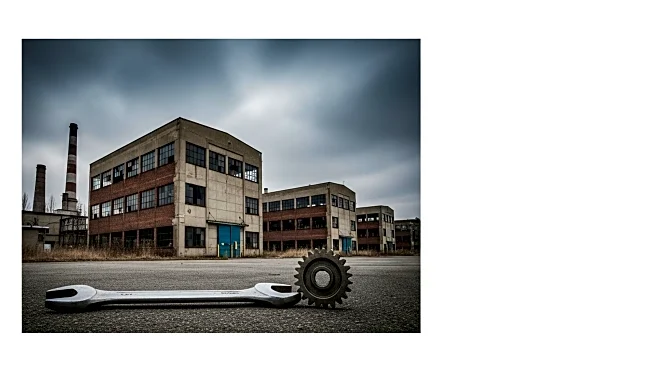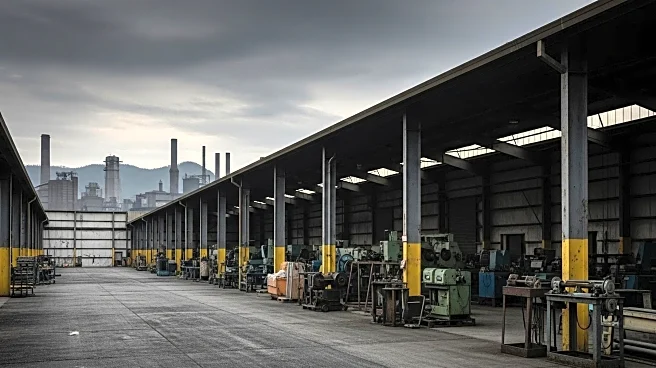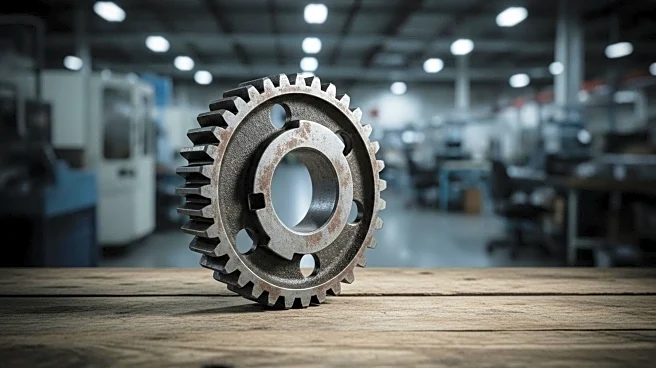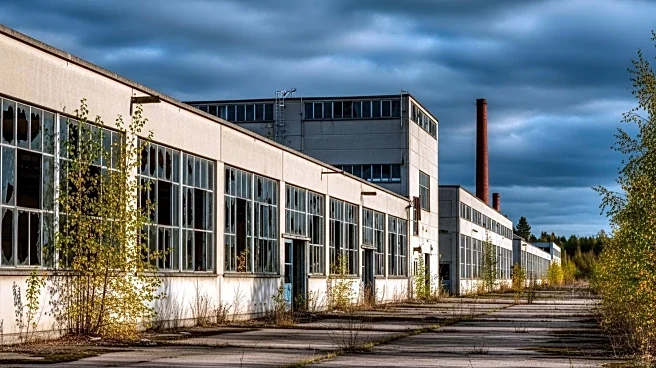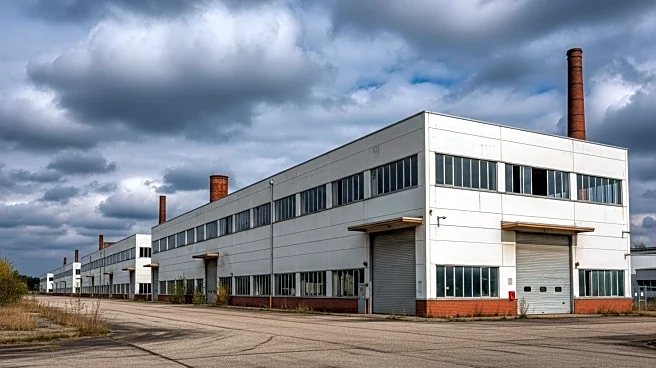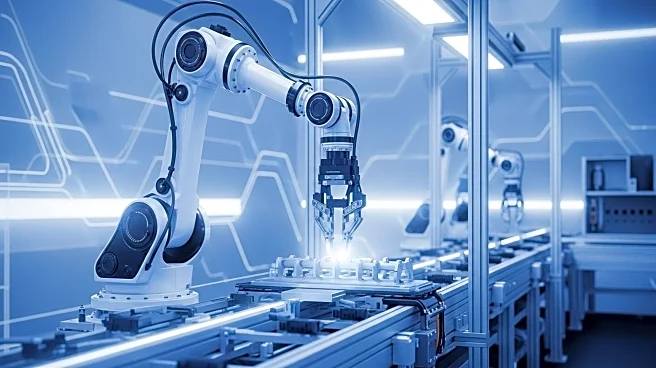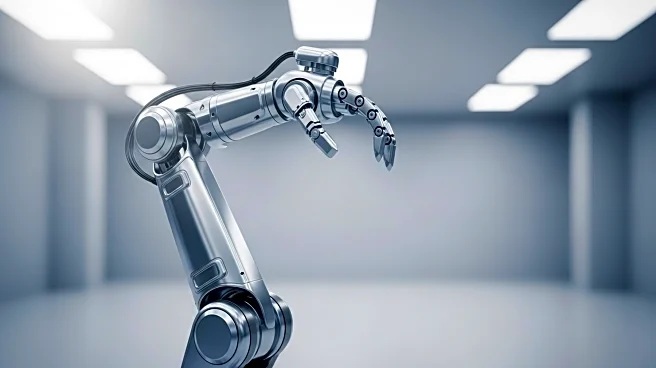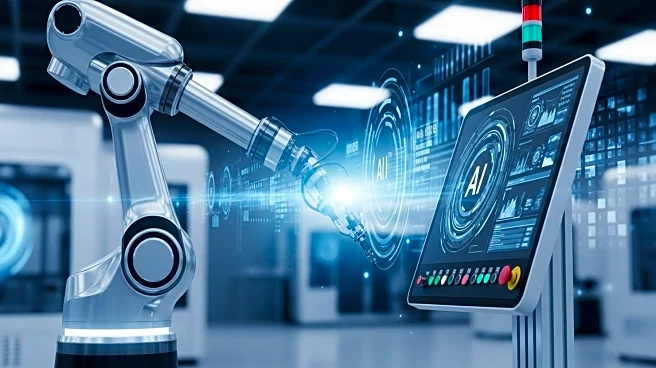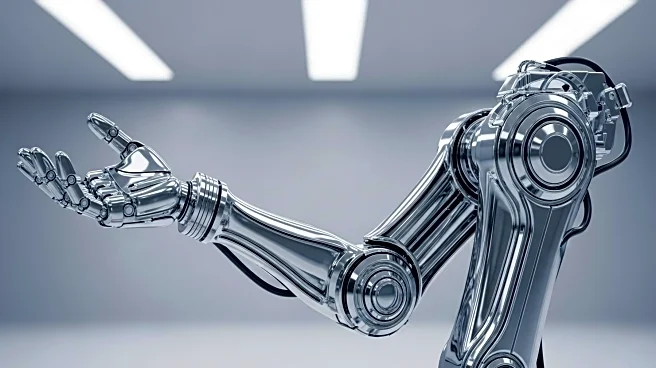What's Happening?
The U.S. manufacturing sector is experiencing a prolonged downturn, marked by significant job losses and a contraction in activity. Recent data indicates that 12,000 manufacturing jobs were lost in August 2025, contributing to a total of 42,000 jobs lost since April 2025. This trend is part of a larger pattern, with nearly 80,000 positions disappearing over the past year. The durable goods sector, including automotive and electronics industries, has been particularly affected. The Institute for Supply Management's Manufacturing PMI registered 48.7% in August, indicating contraction for the sixth consecutive month. Factors such as automation, global competition, and economic uncertainties are contributing to this decline.
Why It's Important?
The contraction in manufacturing is a critical indicator of broader economic challenges, affecting various industries and prompting policy attention. The job losses impact working-class communities reliant on manufacturing jobs, potentially leading to long-term economic decline. The downturn also affects investor confidence, with implications for financial markets and monetary policy. Companies in traditional manufacturing sectors face headwinds, while those investing in automation and AI may find opportunities for growth. The situation underscores the need for strategic pivots and policy interventions to stimulate domestic production and address skills gaps.
What's Next?
Manufacturers will need to navigate ongoing economic volatility, including high costs and supply chain vulnerabilities. Strategic investments in digital transformation and automation are crucial for resilience. Policy interventions, such as the U.S. CHIPS Act, aim to bolster domestic production. Workforce development initiatives are essential to address skills mismatches. The sector's future will be shaped by technological integration, supply chain diversification, and sustainability efforts. Companies that adapt to these changes may gain a competitive edge, while those that fail to do so risk stagnation.
Beyond the Headlines
The manufacturing downturn highlights broader economic shifts, including the transition towards service-based economies and the impact of automation on employment. Regulatory burdens and trade policies play a significant role in shaping the industry's landscape. Historical precedents show cyclical and structural factors influencing manufacturing employment. The current situation offers lessons for future policy formulation and economic resilience.
